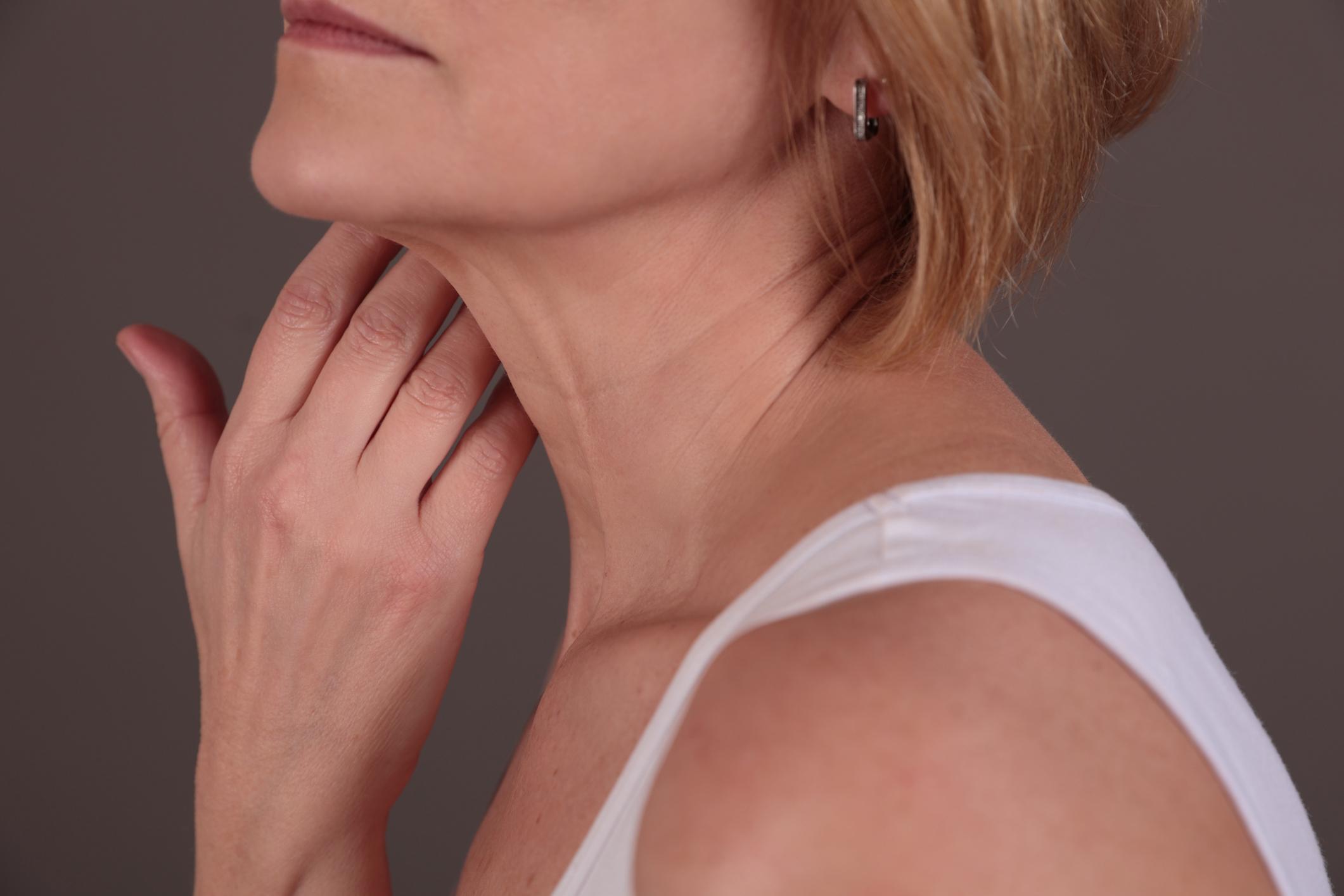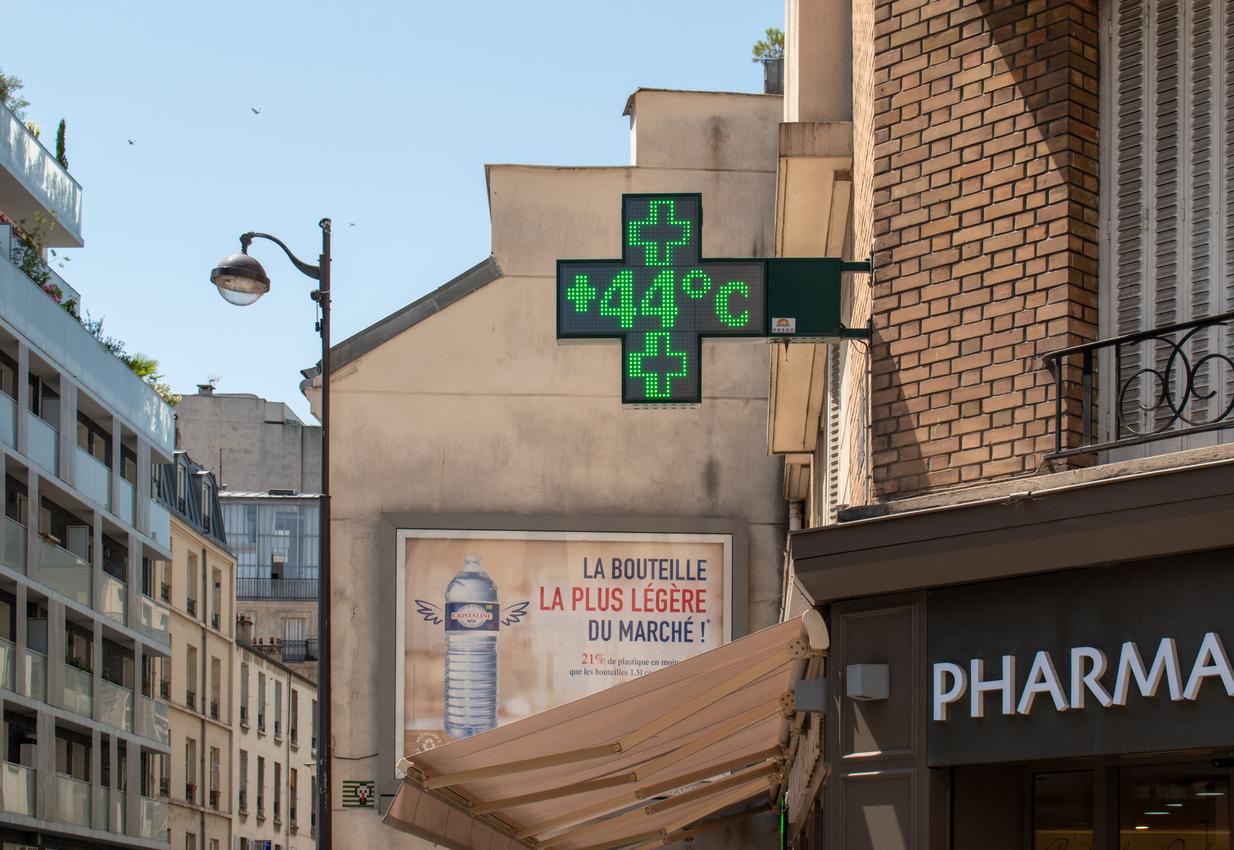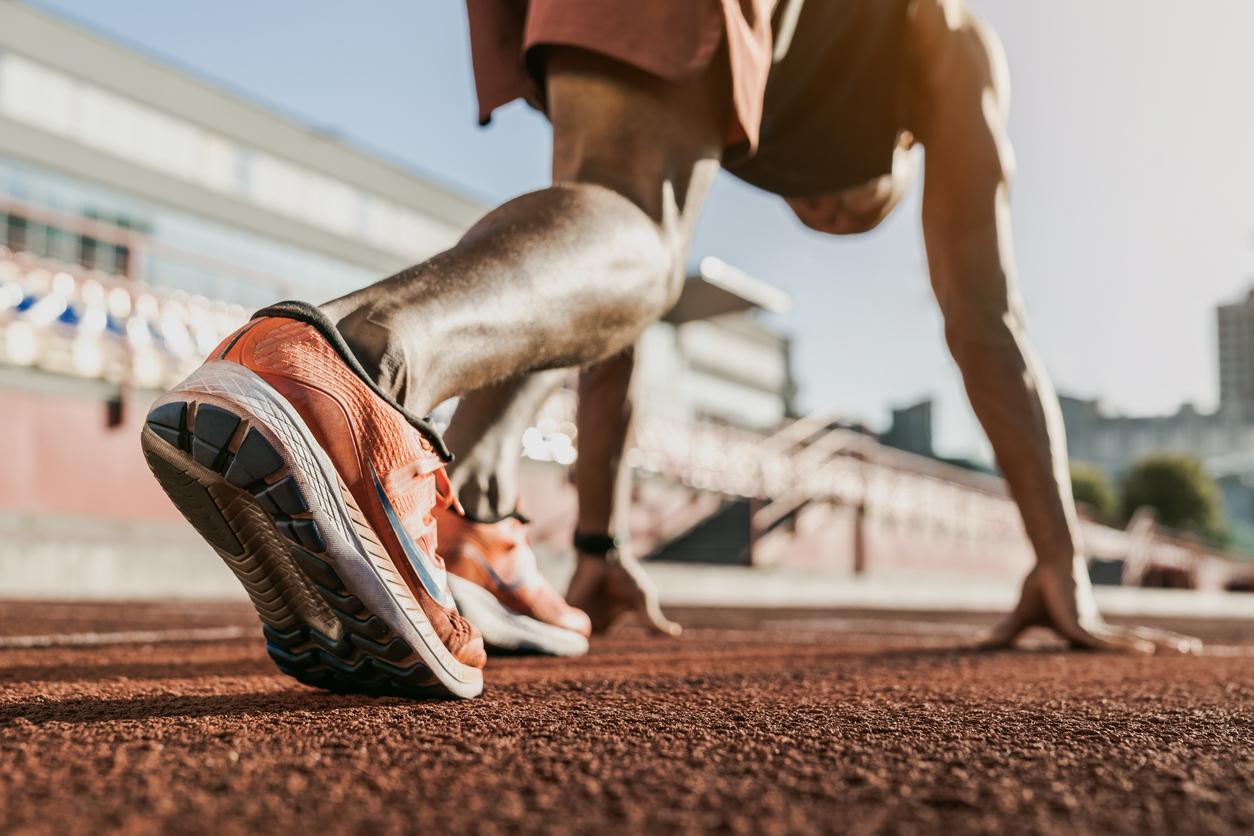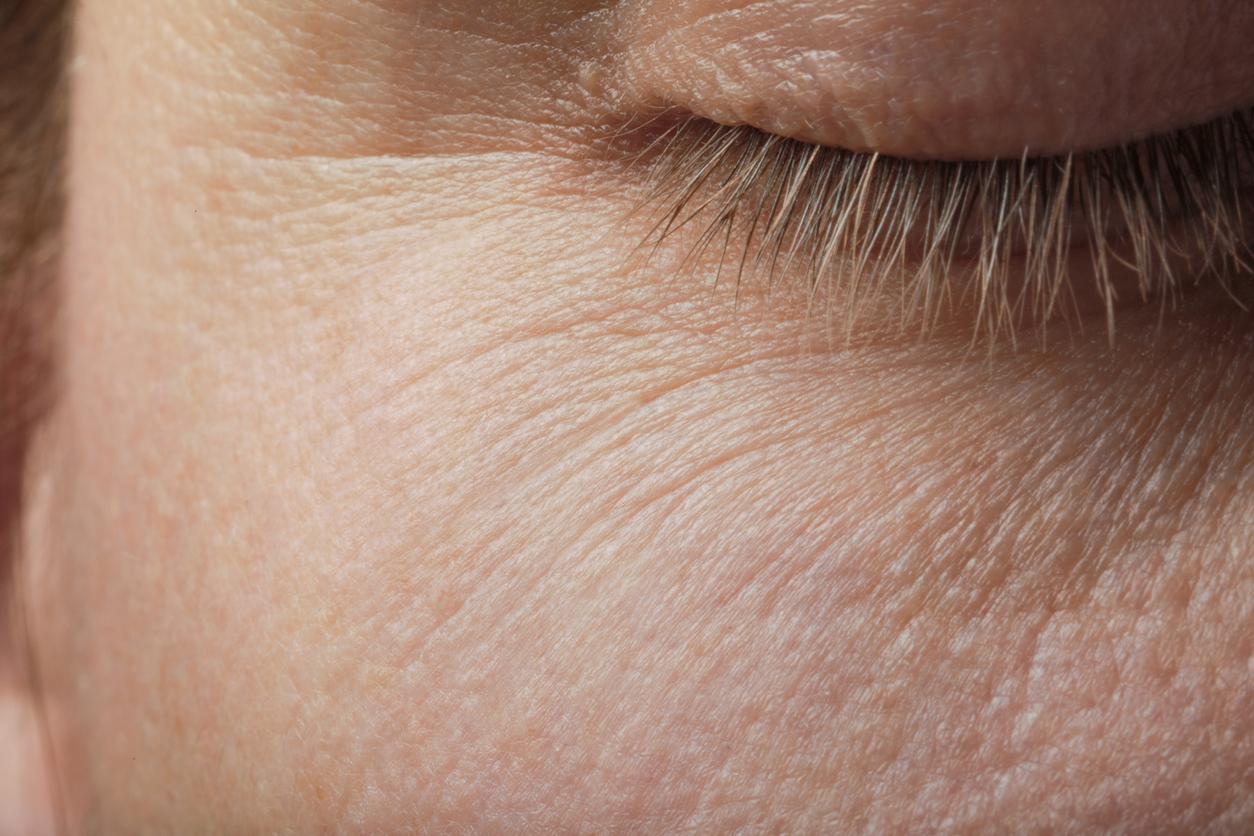The erogenous zones of women
The so-called erogenous zones are those which, when stimulated, provide pleasure. As to which ones, to this question, many will answer that the whole female body is only one vast erogenous zone, even if, according to Freud, the most sensitive are those located around our natural orifices. Thus, some do not resist a titillation of the earlobe, a caress in the neck or lower back, a bite kiss in the neck or on the shoulder … Each has its sensitive “receptive” areas, its discoveries, its thrills, which depend on how the body has been eroticized. Also knowing that some areas can seem lukewarm for a long time, and one fine day turn out to be downright explosive! Our erogenous zones therefore form a real “tender map” that only asks to be explored with the hand, lips, tongue, penis, hair … or even with toys to choose from as a duo.
There are still several types of erogenous zones.
Strictly genital regions: in women, these are the clitoris, the labia minora and labia majora, the vaginal duct and its orifice, the perineum, the anal region. the clitoris and the vagina are so-called “primary” erogenous zones, which means that their stimulation can be enough to reach orgasm.
All the others: the breasts, of course (their stimulation can easily lead some women to the height of sexual arousal), but also the lips, the inner thighs, the belly, the buttocks, the armpits, the hips, the legs. ankles, forearms, neck, neck, shoulders, ears …
The clitoris, an ultra-sensitive organ!
This little “sacred button” (nine tenths of which are internal and invisible) is a real detonator, inseparable from sexual pleasure for most women. Its embryonic origin is the same as that of the penis, which explains why it has an almost identical structure, and why some anatomical terms are the same. It thus has erectile tissue, a hood which covers it when it is not excited, and an acorn, its “heart”, about 3 to 6 mm. Above, extending the glans towards the top of the vulva, the rod is a thin cylinder invisible at rest and also capable of arousing and swelling. Under the pubis, this rod separates into two roots which sink into the labia majora. On the surface of this device are sensitive sensors, known as “corpuscles of voluptuousness” or “of Krause”, extremely sensitive. The clitoris has around 8,000 corpuscles of pleasure against 4,000 on the glans of the penis, yet twenty times larger!
The breasts, a relatively sensitive area
All women have a sensoriality at this level (if you touch or stroke their breast, they feel it, just like any other part of their body), but some have no particular sensitivity, in the sense that it does not bring them sensual pleasure. Nothing abnormal, since each one vibrates according to its own mode: what excites one will leave the other unmoved, and vice versa … If your breasts are not receptive to caresses, it is probably because you have not invested this area as being erotic and sensual. It can also be related to old blockages or trauma, which a specialist can help you understand and resolve if you wish. Be aware especially that this can evolve, with “training”, according to the partners and also, quite simply, during the life since the body changes and the sensations too. Thus, some women, after having breastfed their babies, no longer attribute to their breasts a maternal role and therefore no longer have pleasure with them, while others, on the contrary, will discover their first sensory emotions at this period. Do not focus on this “particularity”, it can change, and in any case, it is not dramatic, since other caresses you like more.
The G spot, myth or reality?
The debate started again in January 2010. British researchers, from the very serious King’s College London, claim to have provided nine-fold proof that the G-spot was just a myth to be forgotten and that women do not. did not have. Loud and clear ! Drawing on responses from 1,800 twin sisters, they showed that the results were so discordant that the G pointcould only be subjective, since twins share the same genetics and therefore a priori the same physiological structures. Tim Spector and his colleagues therefore concluded: “It is practically impossible to find real evidence for the existence of the G spot.”
In Paris, however, there are gynecologists and sexologists who still want to believe it. At the congress of psychosomatic gynecology held on January 28, the urologist and surgeon Pierre Foldès, pioneer of reconstructive procedures for excised women, formulated various criticisms against the British study and put on the carpet all the cohorts of ‘study statistics which show that three out of four women, interviewed on a very large scale, designate this area. The G-spot is in fact one of the internal parts of the clitoris, with very deep nerve ramifications. Buried inside the vagina, it can be stimulated from the vaginal wall. “The structure in question is located 2 cm from the entrance to the vagina, on its anterior wall, and it is the only innervated area in the region. All the forms of sexual pleasure described by women, without trying to prioritize or oppose them, all relate to this same organ, the clitoris. “
However, some women grieve for not having a G-spot and never having an orgasm: “It is sometimes enough to work on your perineum to regain sensations and to mobilize the right structures,” observes Odile Buisson, obstetrician gynecologist. A physiotherapist specializing in perineum rehabilitation can help. “
And the perineum?
Although hidden, the perineum is nevertheless an essential area of the female anatomy, which is involved in both urinary function and sexuality. More than a simple muscle, it is in reality an entanglement of muscles, ligaments and mucous membranes, which extend from the coccyx to the pubis, support the organs of the small pelvis (bladder, uterus, rectum) and enclose, in particular, the urethra and sphincters: moreover, we often speak, quite correctly, of “pelvic floor”. During penetration, it is the perineum that allows the woman to contract her vagina around the sex of her partner: this gives him the impression of being better enclosed, hence increased pleasure since his penis is like masturbated from the inside. As for the woman, squeezing and releasing the perineum (and the vagina) jerkily promotes and increases her orgasms, makes them longer and more powerful, and also helps her to control her pleasure.


















